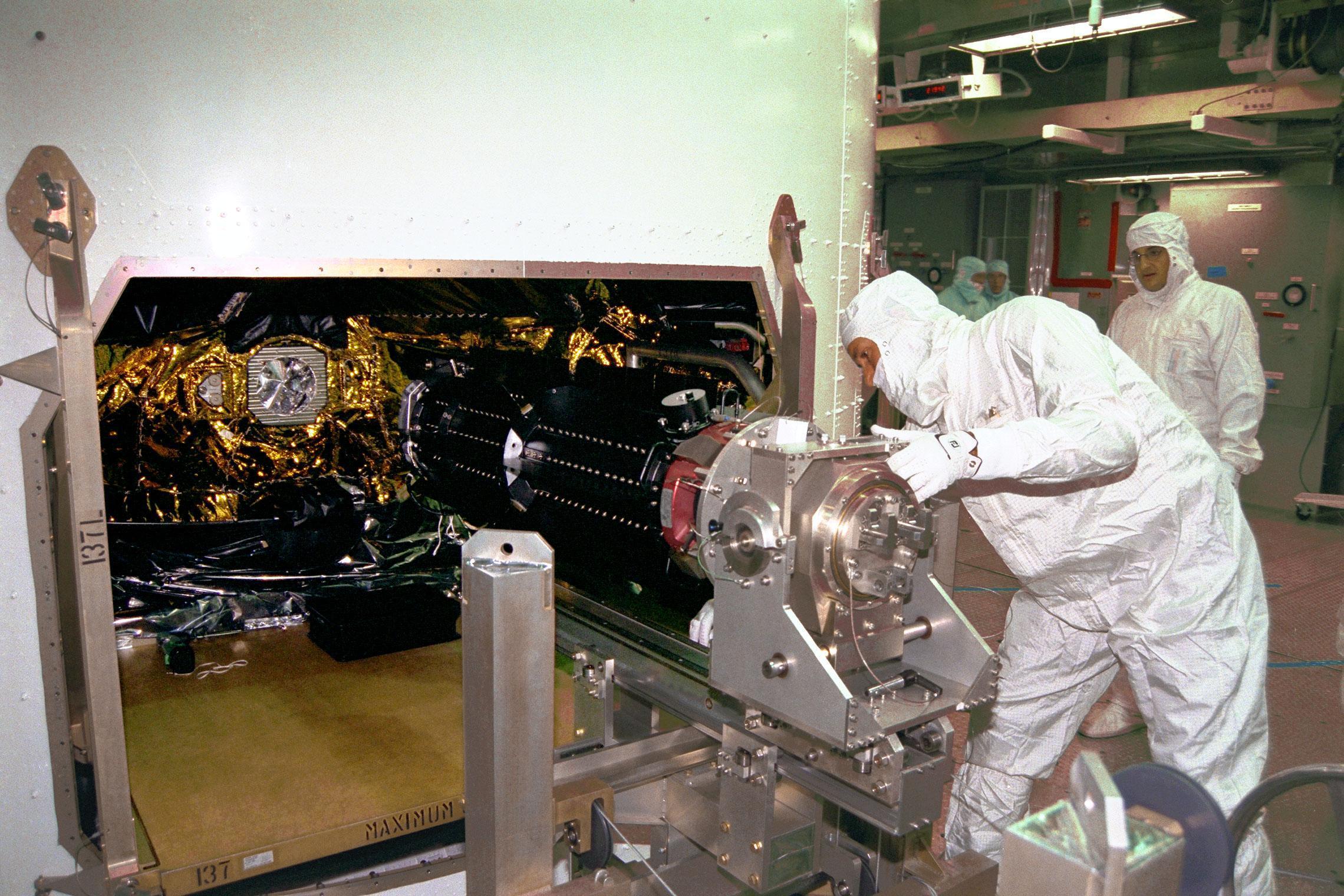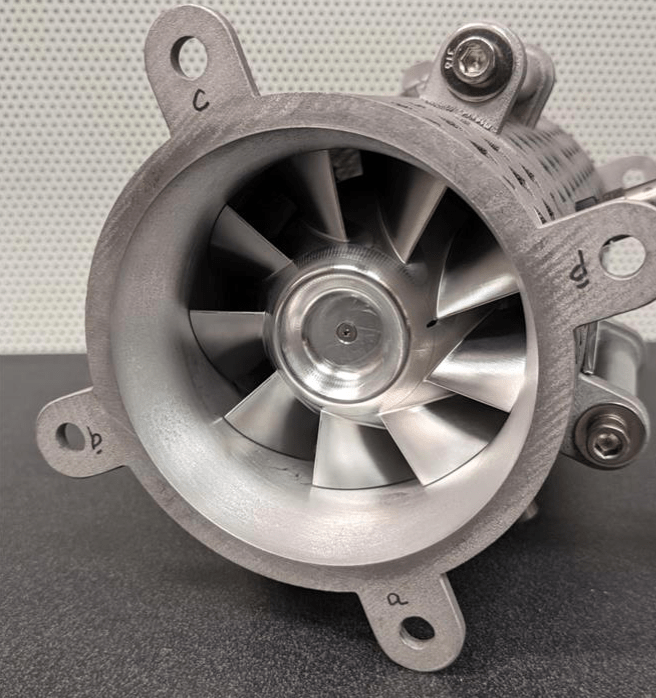“‘Round the moon and back…”
Mission Objective
The mission objectives for Apollo 8 included a coordinated performance of the crew, the command and service module, or CSM, and the support facilities. The mission also was to demonstrate translunar injection; CSM navigation, communications and midcourse corrections; consumable assessment; and passive thermal control. The detailed test objectives were to refine the systems and procedures relating to future lunar operations.
All primary mission objectives and detailed test objectives were achieved. All launch vehicle and spacecraft systems performed according to plan. Engineering accomplishments included use of the ground network with onboard navigational techniques to sharpen the accuracy of lunar orbit determination and the successful use of Apollo high-gain antenna—a four-dish unified S-band antenna that deployed from the service module, or SM, after separation from the third stage.
Mission Highlights
Apollo 8 launched from Cape Kennedy on Dec. 21, 1968, placing astronauts Frank Borman, James Lovell Jr. and William Anders into a 114 by 118 mile parking orbit at 32.6 degrees.
During the second revolution, at two hours, 50 minutes ground elapsed time, the S-IVB third stage restarted for a five-minute, 17-second burn, initiating translunar coast. Following S-IVB/CSM separation at three hours, 21 minutes, a 1.5 feet per second radial burn of the SM reaction control engines was initiated to establish sufficient distance for S-IVB propellant dumping. Following the propellant dumping, which sent the stage into diverging trajectory and solar orbit, the separation distance still was deemed inadequate and a second SM reaction control burn of 7.7 feet per second was performed.
The first midcourse correction occured at about 10 hours, 55 minutes into the mission and provided a first check on the service propulsion system, or SPS, engine prior to committing spacecraft to lunar orbit insertion. The second and final midcourse correction prior to lunar orbit insertion occurred at 61 hours, 8 minutes, 54 seconds.
Loss of signal occurred at 68 hours, 58 minutes, 45 seconds when Apollo 8 passed behind the moon. At that moment, NASA’s three astronauts became the first humans to see the moon’s far side. The first lunar orbit insertion burn, at 69 hours, 8 minutes, 52 seconds, lasted four minutes, two seconds and reduced the spacecraft’s 8,400 feet per second velocity by 2,994 feet per second, resulting in an initial lunar orbit of 70 by 193 miles. The orbit circularized at 70 miles by the second lunar orbit insertion burn of 135 feet per second, performed at the start of the third revolution, again on the back side of the moon, at 73 hours, 35 minutes, five seconds.
During the 20-hour period in lunar orbit, the crew conducted a full, sleepless schedule of tasks including landmark and landing site tracking, vertical stereo photography, stereo navigation photography and sextant navigation. At the end of the 10th lunar orbit, at 89 hours, 19 minutes, and 16 seconds, a three-minute, 23-second trans-Earth injection burn was conducted, adding 3,522 feet per second. Only one midcourse correction, a burn of five feet per second conducted at 104 hours, was required instead of the three scheduled.
Six telecasts were conducted during the mission: two during translunar coast, two during lunar orbit and two during trans-Earth coast. These transmissions were telecast worldwide and in real time to all five continents. During a telecast on Christmas Eve, the crew read verses from the first chapter of Genesis and wished viewers, “Good night, good luck, a Merry Christmas and God bless all of you – all of you on the good Earth.” All telecasts were of excellent quality. Voice communications also were exceptionally good throughout the mission.
Separation of the command module, or CM, from the SM occurred at 146 hours, 31 minutes. A double-skip maneuver conducted during the re-entry steering phase resulted in an altitude gain of 25,000 to 30,000 feet. The re-entry velocity was 24,696 mph, with heatshield temperatures reaching 5,000 degrees F. Parachute deployment and other re-entry events were nominal. Apollo 8 splashed down in the Pacific Ocean at 10:51 a.m. EST Dec. 27. The splashdown was about 5,100 yards from the recovery ship USS Yorktown, 147 hours after launch and precisely on time. According to prior planning, helicopters and aircraft hovered over the spacecraft, and pararescue personnel were not deployed until local sunrise, 50 minutes after splashdown. The Apollo 8 crew reached the recovery ship at 12:20 p.m. EST.
Crew
Frank Borman, Commander
William A. Anders, Lunar Module Pilot
James A. Lovell Jr., Command Module Pilot
Backup Crew
Neil Armstrong, Commander
Fred W. Haise Jr., Lunar Module Pilot
Edwin E. Aldrin Jr., Command Module Pilot
Payload
CSM-103
Prelaunch Milestones
12/24/67 – S-II stage ondock at Kennedy
12/27/67 – S-IC stage ondock at Kennedy
12/30/67 – S-IVB ondock at Kennedy
1/4/68 – S-IU ondock at Kennedy
8/14/68 – launch vehicle at pad
10/17/68 – spacecraft at Pad
12/11/68 – Countdown Demonstration Test
Launch
Dec. 21, 1968; 7:51 a.m. EST
Launch Pad 39A
Saturn-V AS-503
High Bay 1
Mobile Launcher Platform-1
Firing Room 1
Orbit
Altitude: 118.82 miles
Inclination: 32.509 degrees
Orbits: 10 revolutions
Duration: six days, three hours, 42 seconds
Distance: 579,606.9 miles
Landing
Dec. 27, 1968; 10:52 a.m. EST
Pacific Ocean
Recovery Ship: USS Yorktown
































